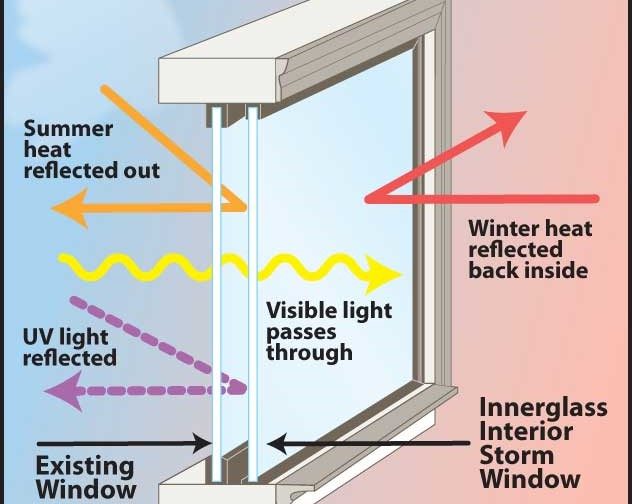All Categories
Featured
Table of Contents
Windows Of Opportunity: Your Guide To High-performance ... in Bassendean Perth
Glazing merely means the windows in your house, consisting of both openable and fixed windows, along with doors with glass and skylights. Glazing really simply indicates the glass part, however it is typically utilized to refer to all aspects of an assembly consisting of glass, movies, frames and home furnishings. Paying attention to all of these elements will help you to accomplish effective passive style.

Energy-efficient glazing makes your house more comfy and considerably reduces your energy costs. Nevertheless, unsuitable or badly developed glazing can be a significant source of unwanted heat gain in summer season and significant heat loss and condensation in winter season. Up to 87% of a house's heating energy can be gotten and approximately 40% lost through windows.
Best Way To Block Sun Heat From Windows [Professionally] in Swanbourne WA
Glazing is a substantial financial investment in the quality of your home. An initial investment in energy-efficient windows, skylights and doors can significantly lower your annual heating and cooling expense.

This tool compares window choices to a base level aluminium window with 3mm clear glass. Understanding some of the crucial properties of glass will help you to choose the very best glazing for your house. Secret homes of glass Source: Adjusted from the Australian Window Association The amount of light that passes through the glazing is called noticeable light transmittance (VLT) or noticeable transmittance (VT).
Diy Double Glaze in Mindarie Western Australia
This may lead you to change on lights, which will lead to greater energy costs. Conduction is how easily a material performs heat. This is called the U value. The U worth for windows (revealed as Uw), explains the conduction of the entire window (glass and frame together). The lower the U worth, the greater a window's resistance to heat circulation and the much better its insulating value.
If your home has 70m2 of glazing with aluminium frames and clear glass with a U value of 6. 2W/m2 C, on a winter's night when it is 15C cooler outside compared to indoors, the heat loss through the windows would be: 6. 2 15 70 = 6510W That is equivalent to the total heat output of a large space gas heating unit or a 6.
Buy Double Glazed Upvc Sliding Doors In Sydney in Woodbridge Western Australia

If you select a window with half the U value (3. 1W/m2 C) (for example, double glazing with an argon-filled gap and less-conductive frames), you can cut in half the heat loss: 3. 1 15 70 = 3255W The solar heat gain coefficient (SHGC) for windows (expressed as SHGCw) measures how easily heat from direct sunlight flows through an entire window (glass and frame together).
The lower a window's SHGC, the less solar heat it transfers to your home interior. Glazing makers declare an SHGC for each window type and style. However, the actual SHGC for windows is affected by the angle that solar radiation strikes the glass. This is known as the angle of incidence.
Glazing And Glass Options - Smarter Homes in Leda Perth
When the sun is perpendicular (at 90) to the glass, it has an angle of occurrence of 0 and the window will experience the maximum possible solar heat gain. The SHGC declared by glazing producers is constantly calculated as having a 0 angle of occurrence. As the angle increases, more solar radiation is reflected, and less is transmitted.
Latest Posts
Faq in Bedfordale Perth
What Are Double Glazed Windows? - Build in Duncraig Western Australia
Single Glazed Vs Double Glazed Windows - Ultimate Guide in Kensington Perth